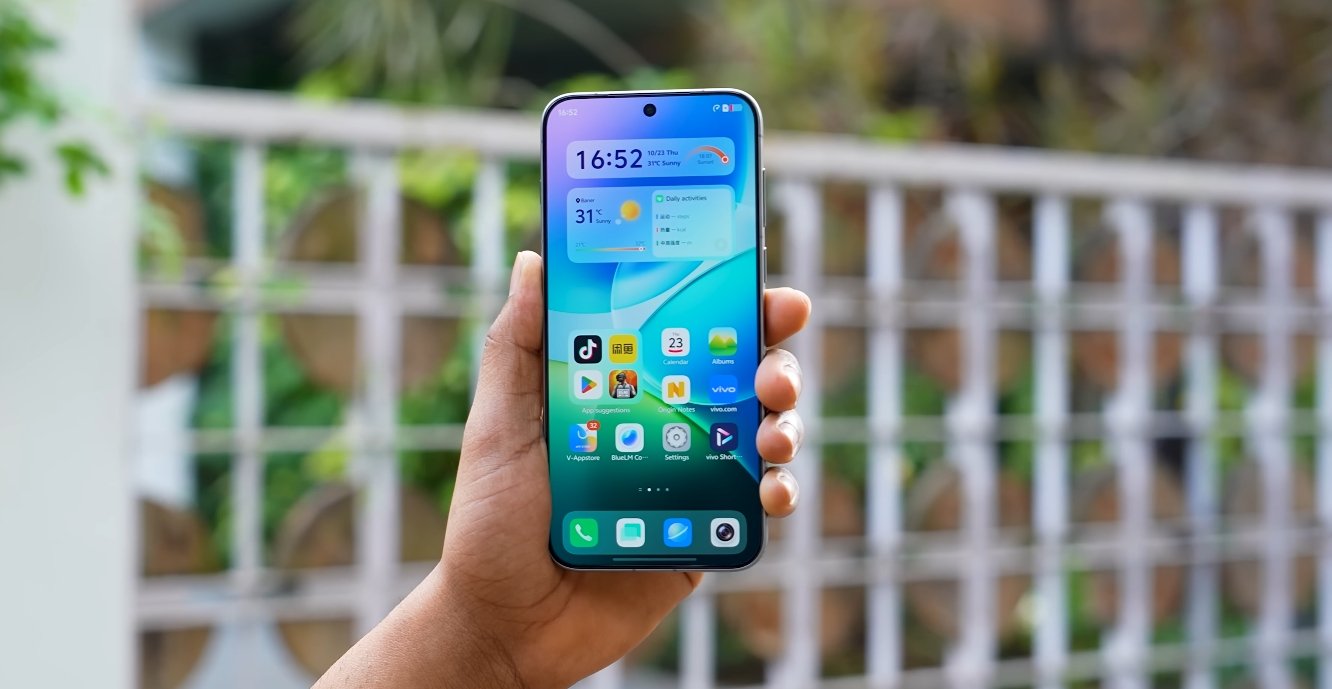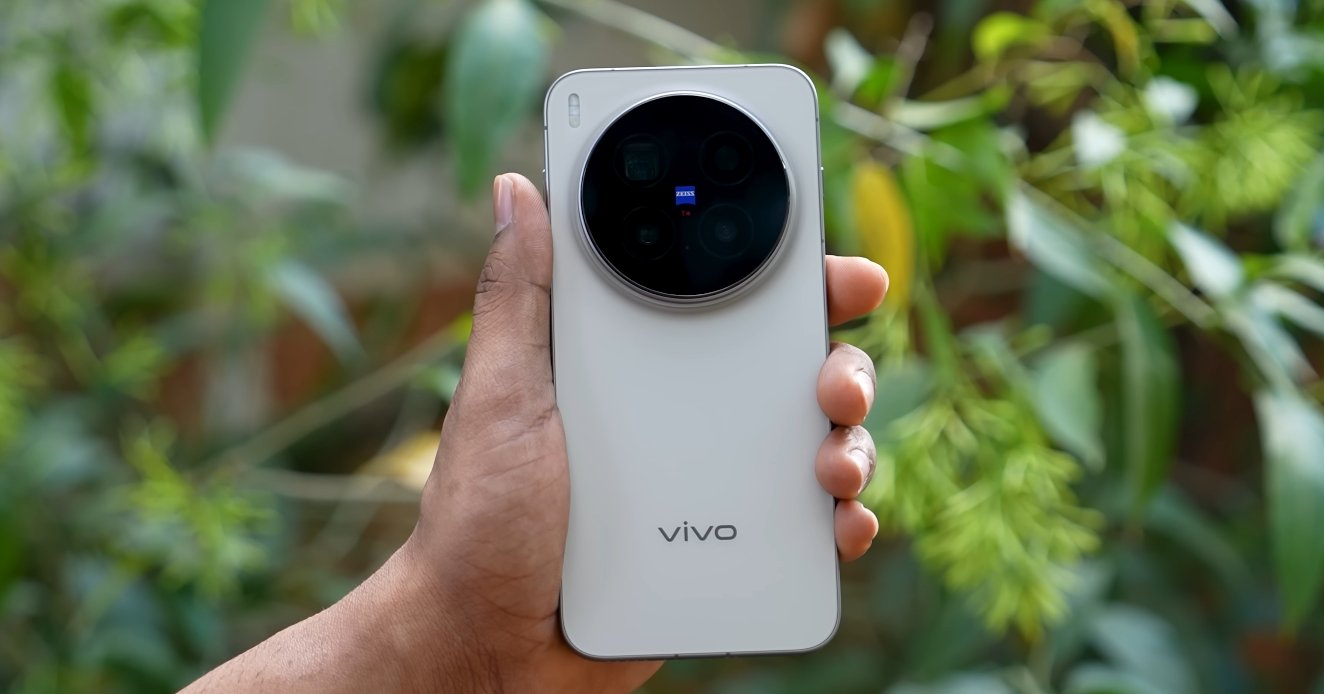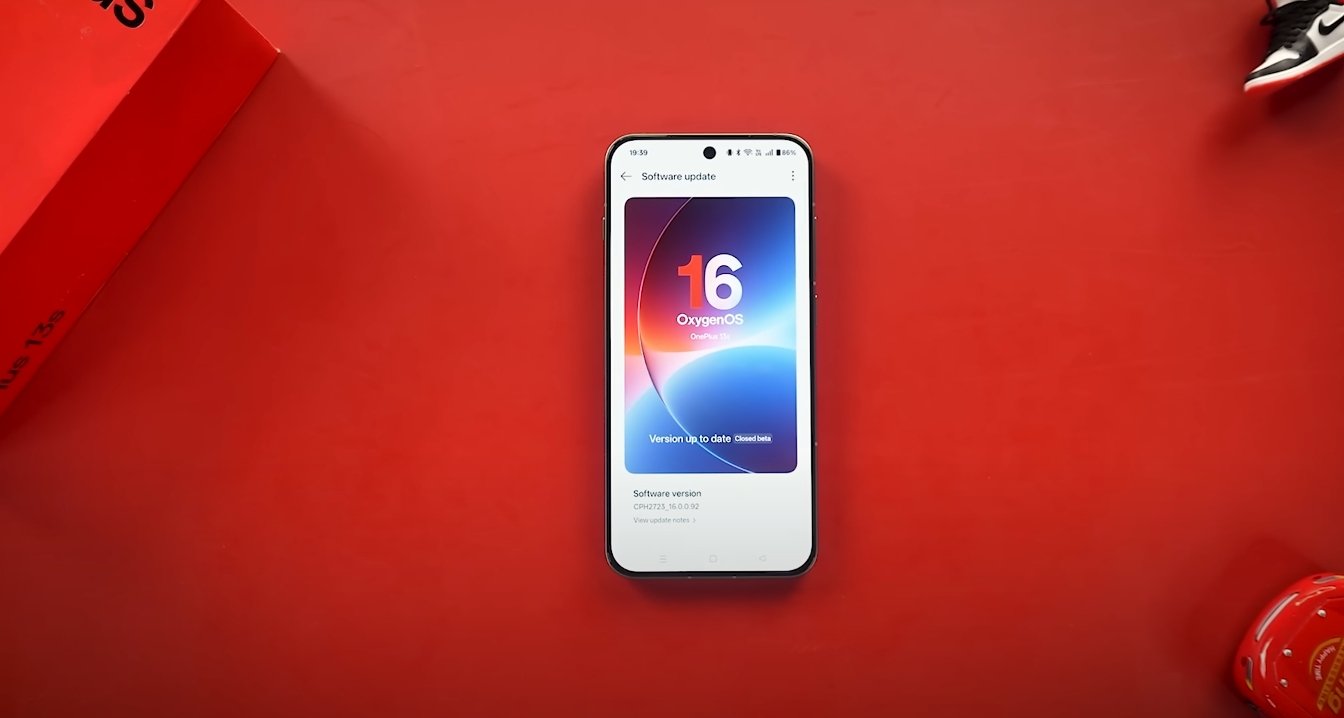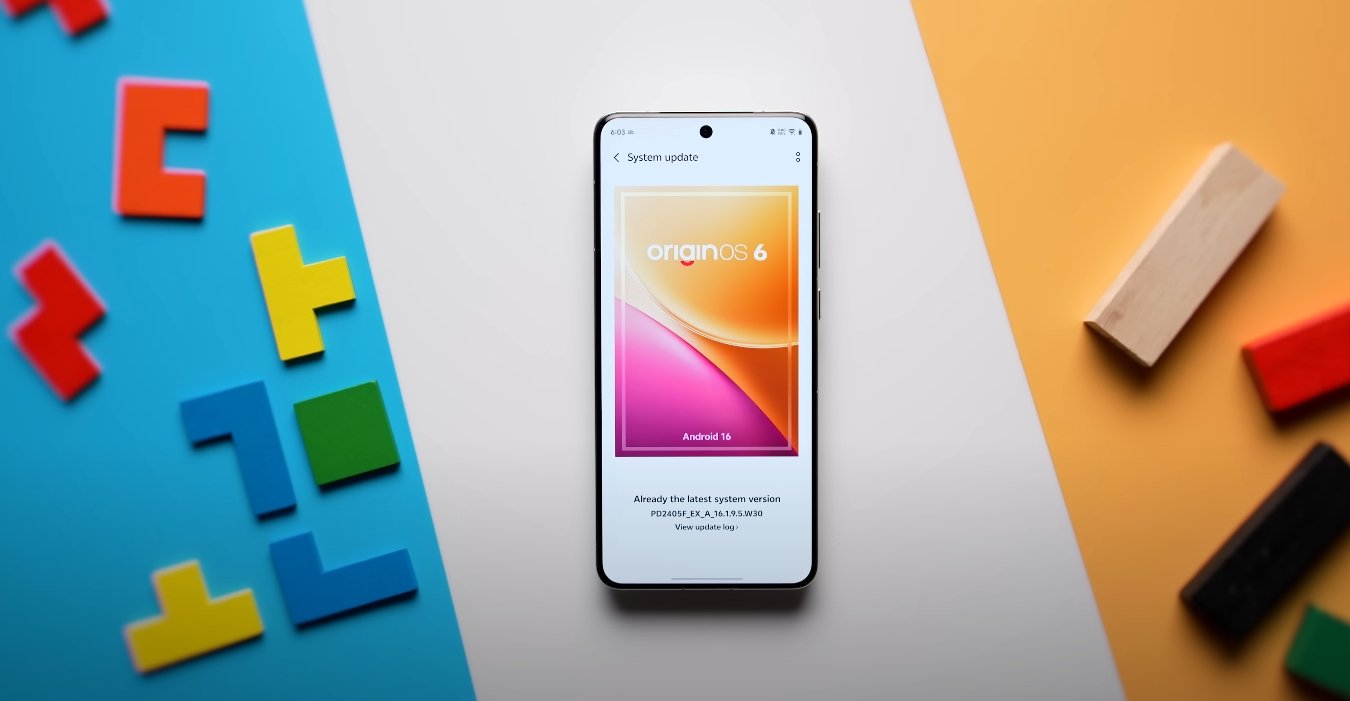Inside Look at Vivo X300 Pro’s Internal Engineering
A recent teardown video of the Vivo X300 Pro has revealed several hidden features and intricate design elements that go far beyond what was shown during the launch. The in-depth disassembly provides a closer look at the phone’s internal engineering, uncovering the advanced camera setup, cooling system, and power management architecture that set this model apart in the flagship segment.
The video begins with the removal of the back glass panel, exposing the phone’s symmetrical internal layout. The most noticeable element is the large camera housing positioned at the top, which dominates the internal structure. The X300 Pro’s periscope telephoto lens stands out as one of the biggest modules ever used in a Vivo device. It’s supported by a reinforced metal bracket that improves optical stability, especially for high-zoom shots. Alongside it, the triple-camera setup includes a new primary sensor and an ultra-wide unit, both connected to dedicated AI imaging chips to enhance low-light and HDR photography.
Moving deeper, the teardown highlights an upgraded cooling system. The X300 Pro features a multi-layer vapor chamber and thermal graphite film combination, designed to dissipate heat evenly across the frame. This setup is especially useful during gaming or 4K video recording, when the phone’s chipset runs at maximum load. The large heat spreader extends near the battery section, suggesting that Vivo has focused heavily on maintaining performance stability even under demanding usage.

The battery section itself reveals one of the phone’s most surprising design choices. The X300 Pro uses a high-density silicon-carbon battery rated at 6,510 mAh, packed into a remarkably slim structure. The cell connects to Vivo’s proprietary fast-charging circuit, capable of supporting both wired and wireless charging. Despite the slim design, internal shielding and layered protection indicate that the company prioritized safety and efficiency. The charging coils and power management ICs are carefully placed to balance weight distribution and avoid heat concentration.
Another interesting discovery from the teardown is the modular design of several components. The speaker, vibration motor, and even the USB-C port are detachable, allowing easier repair or replacement. This modular approach also hints at improved durability and sustainability, reducing repair complexity for technicians. The reinforced mid-frame and metallic inner skeleton add further rigidity to the device, protecting the internal circuitry from bending or shock damage.
The video also uncovers hidden pins beneath the mainboard, believed to support additional hardware accessories. These pins correspond to Vivo’s optional camera attachments, including a detachable telephoto lens module. This suggests that Vivo is maintaining compatibility with advanced photographic accessories, expanding the X300 Pro’s versatility for professional photographers. This approach mirrors the brand’s commitment to merging smartphone convenience with dedicated camera-level capabilities.
Finally, the teardown sheds light on the phone’s connectivity and audio components. The antenna bands are distributed across multiple layers, ensuring consistent signal reception even with the metal frame. The dual-speaker setup is supported by an independent amplifier circuit for enhanced sound quality. The waterproof seals around critical points like the SIM tray, speaker grills, and charging port confirm the phone’s IP68 certification. This level of protection, combined with premium internal construction, showcases the company’s focus on real-world durability.
Overall, the teardown of the Vivo X300 Pro paints a clear picture of thoughtful engineering and high-end craftsmanship. Every component, from the camera sensors to the cooling plates, has been strategically placed for balance and performance. The phone’s hidden design elements emphasize Vivo’s dedication to precision and user experience. With this teardown revealing so much attention to internal detail, it’s evident that the X300 Pro was built not only for impressive specs on paper but also for lasting reliability and top-tier performance in daily use.
In conclusion, the Vivo X300 Pro’s internal design confirms its position as one of the most technically advanced flagships of the year. The combination of powerful hardware, efficient thermal control, and modular build quality shows Vivo’s continued innovation in premium smartphone engineering. This teardown doesn’t just expose hidden features—it highlights the meticulous craftsmanship that defines the device’s real-world performance and solidifies its reputation as a cutting-edge powerhouse in modern mobile technology.
Also Read: Vivo X300 Pro official USA pricing finally revealed








